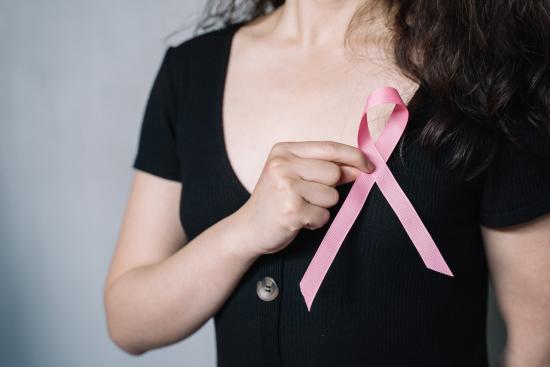
What are the signs and symptoms of breast cancer?
Breast cancer is most often associated with having a breast lump. However, your symptoms may vary depending on your specific type of breast cancer. While it’s true that many breast cancer patients have a lump, not all of them will. So it’s important to know the other signs and symptoms.
In general, the body produces certain warning signs. The most common is the breast lump, which may be located anywhere along your chest wall to under your armpit. You may have nipple bleeding or discharge, as well as related pain. There may be redness and/or swelling in any area of the breast or in one breast and not the other, and your nipple could look flatter or caved in.
Having some of these symptoms or breast changes doesn’t necessarily mean you have breast cancer. Many other factors go into a diagnosis, not just outward signs.
Early detection is key when it comes to breast cancer treatment options. If you have concerns with any new changes in your breasts, ask your doctor to review your symptoms and determine whether there’s a need for further evaluation.
Early warning signs of breast cancer
The most common sign of breast cancer that you may notice is a painless lump in your breast, potentially indicating a tumor. But at the time of diagnosis, most women don’t have any apparent signs of breast cancer. Instead, its early signs are discovered on an imaging test. When the tumor is small in the early stages of breast cancer, it’s rarely noticeable to the touch or the naked eye. That’s why mammograms play an important role.
Mammograms (low-dose X-rays of the breast) may help detect a tumor in the breast long before it’s big enough to start causing symptoms and when the cancer is likely to be more easily treatable. Tumors may be as small as the tip of a pencil (1 mm) or as big as a lime (50 mm). Mammograms are designed to spot tumors on the smaller end of the spectrum, when they can’t yet be seen or felt. Regular mammograms are the most reliable way to catch breast cancer early, according to the American Cancer Society. But mammograms on their own can’t catch every case of breast cancer, which is why it’s important to pay attention to changes in your breasts, because you know your body best.
Symptom of breast tumors vary from person to person. Some common, early warning signs of breast cancer include:
- Skin changes, such as swelling, redness, or other visible differences in one or both breasts
- An increase in size or change in shape of the breast(s)
- Changes in the appearance of one or both nipples
- Nipple discharge other than breast milk
- General pain in/on any part of the breast
- Lumps or nodes felt on or inside of the breast
Early warning signs of invasive breast cancer
Symptoms more specific to invasive breast cancer are:
- Irritated or itchy breasts
- Change in breast color
- Increase in breast size or shape (over a short period of time)
- Changes in touch (may feel hard, tender or warm)
- Peeling or flaking of the nipple skin
- A breast lump or thickening
- Redness or pitting of the breast skin (like the skin of an orange)
It’s important to remember that other, benign conditions may have caused these changes. For example, changes to the skin texture on the breast may be caused by a skin condition like eczema, and swollen lymph nodes may be caused by an infection in the breast or another, unrelated illness. Seeing a doctor for an evaluation will help you determine whether something you notice is cause for concern.
Click here to learn more about breast cancer early warning signs and early detection







